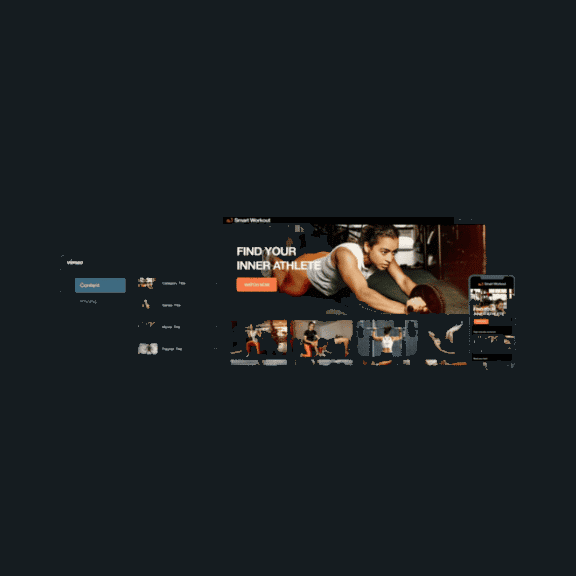How Enterprises Build Trust With Video Streaming..
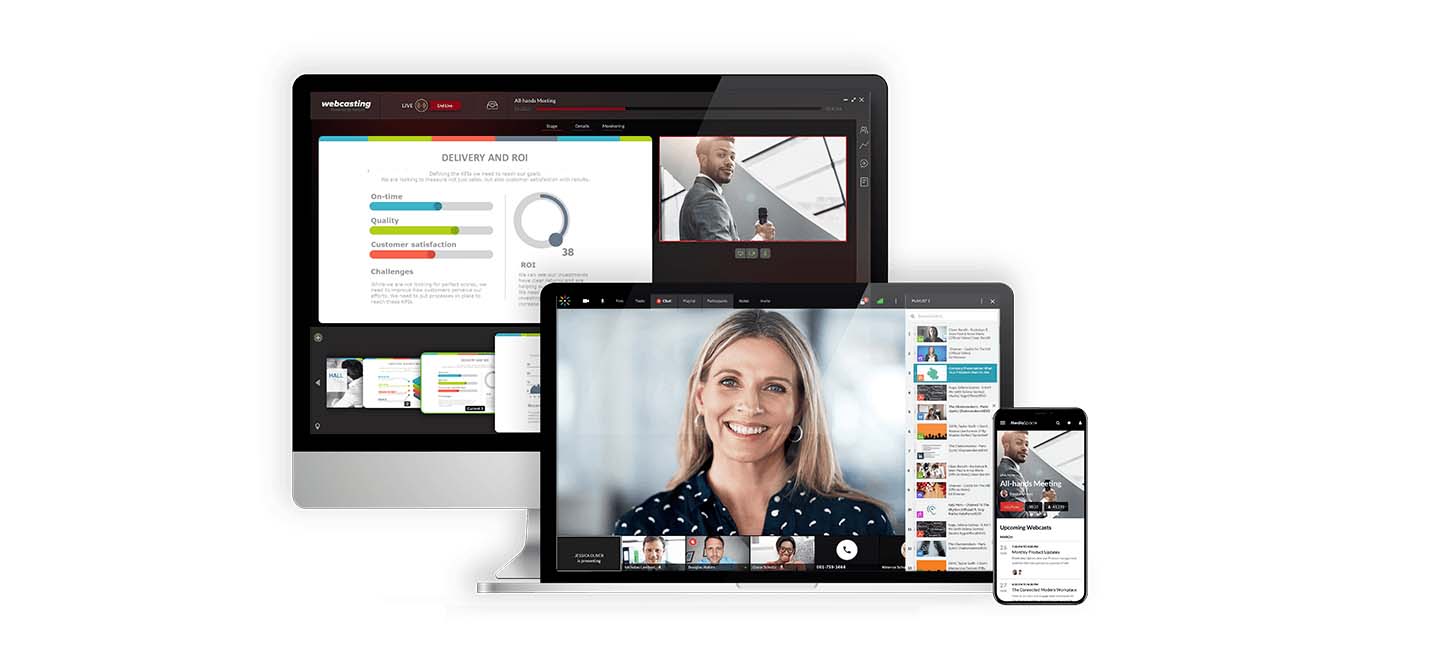
Streaming has been in the news a lot recently, especially after the Microsoft owned platform, Mixer, signed Ninja to exclusively stream on their platform instead of Twitch which is where Ninja initially got started and rose to fame. So what is streaming and how does one use it to grow their brand or business?
Streaming is a way for people to quickly get access to internet based content. This means that when you watch a stream you get access to the content in real time instead of downloading a file and watching it later. Live streaming is very popular with live TV shows, special events, sports. Live streaming is also popular in the business world, think about shareholder presentations, product reveals or meetings.
Twitch has reigned supreme when it comes to public streaming platforms. As it currently stands it supports a whopping 15million users on a daily basis, not bad for a platform that almost exclusively covers video games.
But what streaming service is THE superior platform, what about YouTube LIVE and are either of these platforms even viable options for businesses and organizations? Would they not benefit from starting a streaming platform of their own through VIXY for instance?
Let’s find out!
Mixer, Microsoft’s new passion project. Mixer is the new kid on the block when it comes to streaming video games. The platform was originally founded under the name Beam on january 5th 2016. Beam did not last long however. Even before it could celebrate its first birthday Microsoft had already acknowledged its potential and acquired Beam accordingly, renaming it to Mixer shortly after.
So is this new platform the definitive answer to streaming video content?
With 119M hours of streaming watched in Q2 2019 compared to Twitch its whopping 2,708M hours Mixer is still a rather small fish in the large pond that is livestreaming. It’s worth noting however that Mixer has been experiencing explosive growth recently. The amount of hours that streams have been watched this last year has increased by 357%. This no doubt has to do with Ninja signing a contract to exclusively stream on Mixer’s platform after growing his brand on Twitch for the past couple of years.
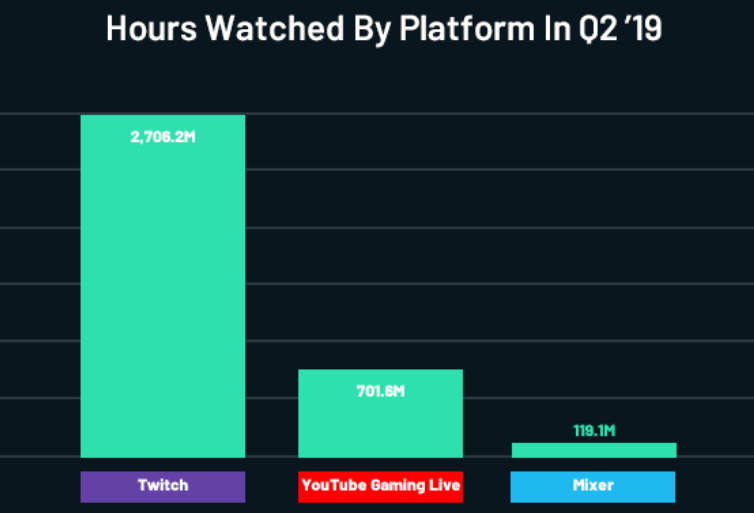
Unlike Twitch, Mixer is still a relatively small platform which allows new users to more easily find their place on the platform without being drowned by the big dogs. Because there is less competition new channels are able to grow an audience and get partnered more easily. Additionally Mixer has a significantly better chat thanks to its FTL protocol, this allows for the host and viewers to communicate without any delay making Mixer a better choice when it comes to community engagement.
One major downside about Mixers platform however is that there is not really any room for non-gaming streams. Like Twitch, Mixer is not the ideal choice for organizations that try to use the streaming platform for more formal/official events. All streams are available to anyone with an internet connection and so are once again vulnerable.
Its needs to be mentioned though that Mixer keeps its community a lot friendlier and positive compared to other similar streaming platforms by enforcing its community guidelines in a much stricter way.
Monetizing your platform is not as easy as you might think. In order for you channel to get most of the monetization options you first need to be partnered. Mixer has very specific partner requirements. In order to be considered for a partnership your account needs to be at least 2 months old, you need 2000+ followers, you need to at least stream 12 or more days a month AND stream at last 25 hours every month. That is quite the list.
Oke, so let’s say you are a Mixer partner. What are your monetization options?
With subscriptions viewers are able to directly support their favorite streamers by subscribing to their channel for $5.99. The revenue from a subscription is split between Mixer and the streamer, because every partner signs an NDA we can’t say for sure how much partners get paid but the general consensus is that it lies around a 50/50 split.
A paid feature used on Mixer to bring life to the chat. Viewers can express themselves and support their favorite streamer by using stickers, effects or rallies in the chat. These skills can be purchased with either Embers or Sparks. More on Embers and Sparks later.
Another virtual currency on Mixer that were added earlier this year and can be used to support a streamer directly. With Embers the viewers is able to purchase premium Skills to hype up the chat.
These are very similar to Embers, they too are a site wide currency. But unlike Embers viewers can earn them for free by being active participants in the streams. The sparks earned can then be used as a way to donate to a streamer or to purchase Skills. The conversion rate is a lot lower than Embers though and in order for a streamer to get his Sparks paid out he has to reach certain milestones which are not always easy to hit.
Since the early days of streaming one website has always stood out among the rest. This website, of course, is Twitch.tv, formerly known as Justin.tv. Ever since the launch of Twitch it has been the biggest game streaming platform on the market. But how big is it really? Can you still grow an audience on this competitive platform? How does it compare to other platforms? Let’s take a closer look.
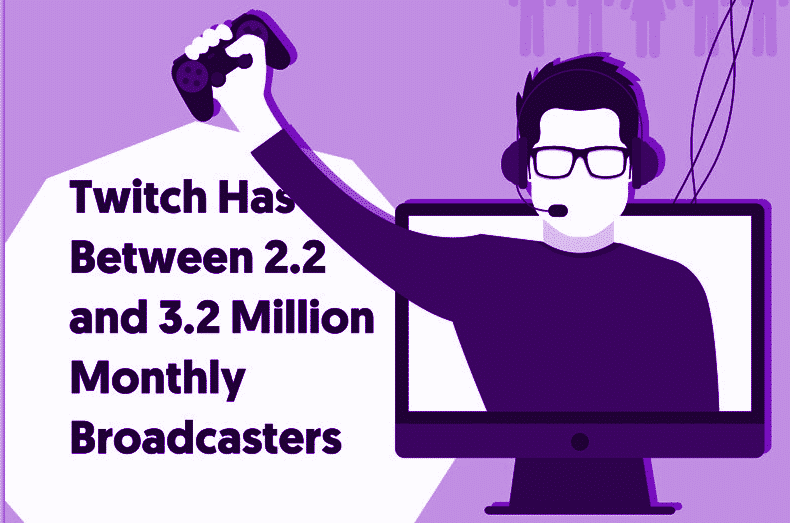
As of May 2018, it had 2.2 million broadcasters monthly, 15 million daily active users and around a million average concurrent users. Additionally Twitch had well over 27.000 partnered channels, these are a select group of streamers who gain extra perks such as a verification badge, monetization options, extra customization options and VOD features.
One of the major downsides with Twitch is that it’s nearly impossible for new channels to gain any real following without already having an established fanbase on a different platform that they can bring with them. Why is this you may ask? Well it’s easy, really, with 2.2 million monthly broadcasters the platform is oversaturated. Every game or topic has anywhere from 10 to 10,000 broadcasters depending on how popular said game or topic is. On top of that the Twitch user base already has plenty of unique broadcasts to choose from. Don’t believe me? There is a streaming grandpa, a streamer without any outer limbs and yes, an actual fish that plays Streetfighter. This makes it hard for newcomers to stand out among the rest, no matter how unique you think your broadcast is. This doesn’t mean it’s impossible, just difficult.
On the other end of the spectrum for organizations that try to use the streaming platform for more official events Twitch can be hard to moderate resulting in your platform being prone to online attacks which on the internet is referred to as trolling. These internet trolls might flood the stream chat with obscene messages. In some extreme cases these “trolls” have even called in threats to the local police resulting in streamers getting raided by SWAT teams.
Monetizing your platform is not as easy as you might think. In order for you channel to get monetization options you first need to be partnered. Getting partnered is not an easy feat, there are no specific requirements but on average you need to stream for at least 20 days a month and maintain an average viewership of between 50 and 100 concurrent viewers. These kinds of numbers take most streamers years to achieve when starting out on the streaming platform.
But let’s say you or your company does get partnered, what do you get?
As a Twitch partner you get 3 monetization options through the platform, these are: Channel Subscriptions, Bits and ads.
A viewers can pay $4,99 to subscribe to a partnered streamer of their choice. HOWEVER it should be noted that 50% of this subscription goes directly to Twitch.
The remaining monetization options are Bits and ads.
Bits are Twitch’s virtual currency. Channel subscriber can buy Bits and can use them to Cheer in a streamers’ chat room. Whenever a fan uses a Bit gem or Cheernote, Twitch pays the broadcaster at the rate of one cent per Bit.
Ads are nothing new, you roll an add during you stream and you get paid depending on the CPM.
Since YouTube Gaming launched in 2015, gamers and viewers were left wondering what the new site’s impact would have on other streaming sites such as Twitch.Youtube Gaming added a gaming category and Live-streaming functionality to YouTube called YouTube Live. After five years, YouTube Live has proven itself to be a strong streaming competitor, but Twitch has maintained its edge as both sites continue to evolve.
YouTube Live is in a weird space right now. The 701.8M hours watched on YouTube Live compared to Twitch its 2,708M hours watched in Q2 of this year might not seem like much but when you consider YouTube Live has had 12.5M hours streamed compared to Twitch its 103M we can see an inconsistent trend in these numbers. So what do these numbers mean?
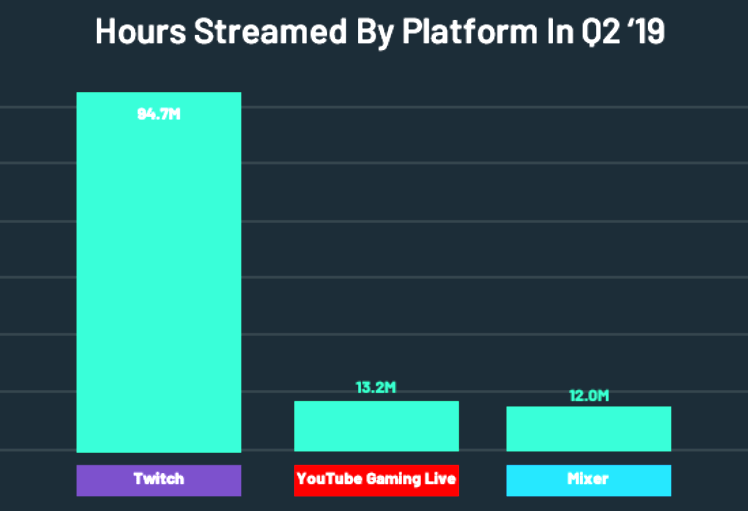
Like mentioned above YouTube is in a unique predicament. Thanks to it being part of the huge YouTube platform it has a huge user base that is always hungry for more content. And unlike Twitch it is currently lacking streamers to keep the user base occupied. Because of this Live Streams tend to have an average viewer count that is about twice as high as that on Twitch.
Additionally past stream archives can be posted on the YouTube video platform the minute you end your Live stream, this makes it easier for viewers to watch the stream back.
This doesn’t mean that growing your channel on YouTube is easy, just not as hard as on Twitch.
A problem that Twitch and YouTube both have is online harassment and trolling.
Live streams can be found on the platform from the moment they go live, while this makes it easy to reach new viewers it also makes it very easy to attract viewers that you are not looking for.
Unfortunately the chat on YouTube Live streams tend to be very toxic, even moreso than Twitch due to the lack of an auto-moderator that filters out spam and other hurtful messages.
Like its competitors, YouTube Live offers a few different monetization options. Also like its competition most of these options are locked behind a partnership program that YouTube offers to channels that meet certain requirements.
The requirements are that you follow all the YouTube monetization policies, live in a country or region where the YouTube Partner Program is available, have more than 4,000 public watch hours in the last 12 months, have more than 1,000 subscribers and have a linked AdSense account.
For non-partnered channels the only monetization option is ads. Partnered channels however get access to a few more features such as Super Chat and Membership which we will cover in more detail below.
We have all seen ads on a website or before a video started, maybe even on YouTube itself. Well YouTube live is not much different when it comes to showing advertisements. YouTube Live has a few different kinds of ads it supports.
Super chat is an interesting concept from YouTube. It lets viewers purchase chat messages. Not just any chat message though, when a viewer buys a chat message it gets highlighted in the chat or in some cases gets pinned to the top of the channel feed.
Lastly viewers have the option to become a channel member. Channel Members get access to badges, special emojis and additional perks that the channel partner can specify. The associated YouTube channel in this case gets 70% of the revenue from the purchased membership.
So who offers the best streaming solution? The answer: it depends.
Every platform has its pros and cons. If you value audience interaction without delay then Mixer is the best platform for you with its FTL solution. If you want to compete with the big dogs and potentially earn the biggest amount of money possible then Twitch reigns supreme with its much larger online audience and easy monetization options. Lastly if you are completely new to streaming and want to grow an audience quickly then YouTube Live is the way to go with its large viewership audience and low amount of potential streamers.
If you are looking for a professional streaming environment as a business maybe none of these sound ideal.
So what about more professional streaming needs?
Companies who want to launch a platform to stream content similar to how Netflix distributes their films.Universities that want to do more with e-learning by livestreaming lectures without non-students flooding the chat. Sports organizations that want to stream classes to their viewers at home similar to The House of Yoga without using a platform that just as easily links to competing streams right below their videos. If you are an organization similar to the above then Mixer, Twitch and YouTube Live are most likely not what you are looking for.
If you give a yoga class you would not want people to flood the stream chat with off topic messages, maybe you don’t want a chat at all or maybe you want to offer the streams as a service that people pay for. All of the above and many more are options that VIXY VIDEO offers for people who want to use streaming to advance their business or organization.



